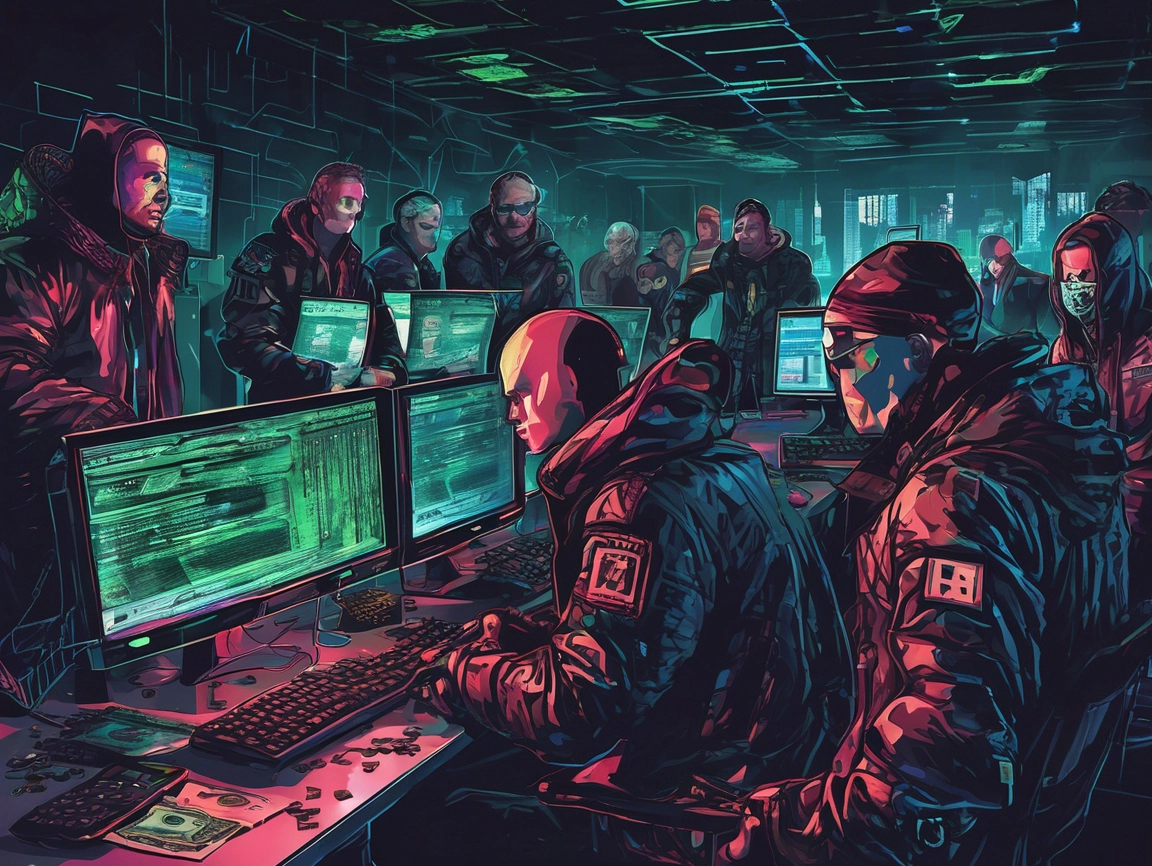In the modern digital battlefield, a new type of warfare is emerging—one where algorithms, not humans, are often the first to strike and the first to defend. Artificial Intelligence (AI) has become a double-edged sword in cybersecurity. As defenders harness its power to automate threat detection and streamline response, cybercriminals are also evolving—leveraging AI to scale attacks and evade traditional defenses.
This is the AI arms race, and it’s only just beginning.
AI on the Offensive: Smarter, Faster, More Dangerous
Cybercriminals are no longer relying on basic phishing templates or brute-force scripts. Today, they are deploying AI-generated spear-phishing emails so convincing that even trained professionals struggle to distinguish them from legitimate messages. Deepfake technology is being used to mimic the voices and video appearances of CEOs in social engineering scams. Machine learning algorithms are scanning for vulnerabilities in real time—far faster than any human ever could. One chilling example is the use of generative AI to automate malware mutation, allowing attackers to create ever-changing versions of code that evade antivirus engines. In essence, AI is helping bad actors industrialize cybercrime
AI on the Defensive: Automation and Insight at Scale
Fortunately, cybersecurity defenders are not standing still. Organizations are integrating AI into Security Information and Event Management (SIEM) platforms, enabling systems to detect abnormal behavior across networks and devices with remarkable speed. AI-powered analytics are helping to spot indicators of compromise (IOCs) that would otherwise go unnoticed.
For example, some financial institutions now rely on AI to analyze billions of transactions and detect fraudulent patterns in real time. Meanwhile, large corporations deploy AI-based orchestration tools to automate initial incident responses—isolating devices or blocking IPs in seconds.
These tools don’t just save time—they save businesses.
Risks and Realities: The Limits of Machine Learning
But AI is not infallible. It can misfire. False positives can overwhelm security teams, while false negatives can let threats slip through unnoticed. There’s also the risk of over-reliance: automating too much without human oversight may open new vulnerabilities.
And then there’s the ethical concern—should we allow AI systems to autonomously retaliate against attacks? What happens if they make the wrong decision?
Looking Ahead: Who Will Win the AI Cyber War?
The battle between AI-powered attacks and AI-driven defenses is escalating. Governments and private industries must not only invest in better tools but also in education, regulation, and workforce development. Cybersecurity is no longer just about patching software—it’s about understanding how intelligent systems behave under pressure. In the AI arms race, victory won’t go to the side with the most sophisticated algorithm—it will go to the side that adapts fastest.
Conclusion
As AI reshapes the cyber landscape, the lines between attacker and defender are blurring. What remains clear is that this technology is neither inherently good nor evil—it’s a tool. And like all powerful tools, it depends on who’s holding it.
Cybersecurity professionals must now evolve into AI strategists, navigating a world where intelligence—both artificial and human—is the ultimate weapon.






